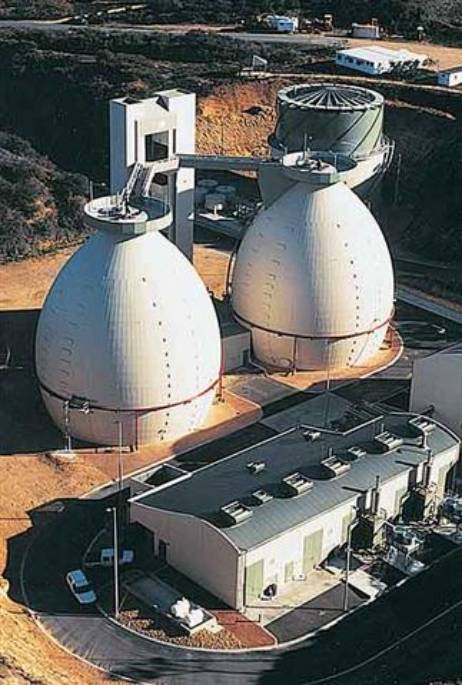- Remove highest SO4 containing streams from the digester
- Increase influent pH - SRB do not thrive above 8.0 pH (literature gives 8.5 as a good target)
- Maintain proper digester temperature
- Add micronutrients if you suspect an influent lacking trace metals - Cu, Fe, Ni, Zn, Co, Mn, Mg - remember some of these can be toxic if too high - so check your influent and effluent residuals.
|
Anytime you operate under anaerobic conditions, you are subject to growth of unwanted sulfur reducing bacteria that produce hydrogen sulfide. The SRB organisms use sulfate and elemental sulfur as an electron acceptor for cellular respiration. In a digester with no free oxygen, nitrate, or other more favorable energy yielding electron acceptor, the SRB organisms can obtain more energy than the desirable acid forming (fermentative) bacteria that produce short chain organic acids and hydrogen used by the methanogens. Having looked at studies of anaerobic digesters, there are ways to optimize the environment for the "good" acid forming bacteria and reduce conditions favoring SRB. Here are the options that don't involve extensive capital or chemical expense.
Comments are closed.
|
AuthorErik Rumbaugh has been involved in biological waste treatment for over 20 years. He has worked with industrial and municipal wastewater facilities to ensure optimal performance of their treatment systems. He is a founder of Aster Bio (www.asterbio.com) specializing in biological waste treatment. Click to set custom HTML
Archives
April 2024
|


 RSS Feed
RSS Feed